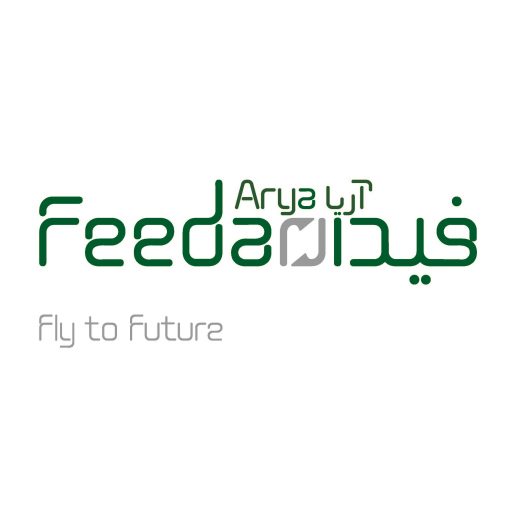
24 Aug Rancidity of poultry feeds and ways of controlling it
Oxidation of fats and oils (rancidity) is a natural reaction that occurs when unsaturated fatty acids are exposed to free oxygen. Antioxidants could therefore be added to animal feeds to prevent oxidation.
During the reaction between unsaturated fatty acids and free oxygen, a peroxy radical is formed when the triglyceride free radical reacts with an oxygen molecule. The peroxy radical then reacts with another triglyceride, forming hydroperoxides, which are very unstable and break down into a number of secondary products such as aldehydes and alcohols, which contribute to the unpleasant flavours associated with rancid fats. They may also form other polymers that are unavailable and therefore reduce the energy content of the fat and are capable of affecting the absorption of, or even destroying, fat-soluble vitamins. Currently, there are no reliable standards for measuring the level of rancidity of fats, but it is generally accepted that fats with a peroxide value (PV) greater than 100 m.eq/kg may affect performance. There are also concerns about the toxic secondary products of oxidative decomposition, which adversely affect the immune function.
Effects on performance
It has been shown that a PV higher than 100 m.eq/kg can reduce feed intake, weight gain and feed efficiency, with as a consequence high mortality. In other studies, birds fed diets with rancid fats had low fertility and hatchability, which are associated with health disorders such as encephalomalacia. It is also known that vitamin E deficiency occurs under oxidative stress, which may lead to several forms of immune-incompetence, including the reduced proliferation of lymphocyte and reduced antibody response. The presence of rancid fat in the intestine increases the number of intestinal E. coli, which can cause an infection under the skin, and this is associated with respiratory disease in birds, which in severe cases leads to septicaemia and death.
Use of antioxidants
Antioxidants are products added to animal feeds to prevent oxidation of fat or vitamins. In order for an antioxidant to be useful in feeding, it must have the following qualifications:
- It should be effective in preserving animal and vegetable fats, vitamins, and other feed qualities subject to oxidative destruction
- It should be non-toxic to man and to farm animals
- It should be effective at very low concentrations, and
- It should be sufficiently inexpensive to be economically practical.
Of the chemical compounds that have been investigated thus far, 3 have been found to be extremely effective antioxidants for feeds and feed ingredients and these can be used both efficiently and economically (Table 1). Combinations of these antioxidants are normally found in commercially available products to take advantage of the different properties of each antioxidant. A number of natural antioxidants, such as tocopherols, rosemary extract and green tea extract, may also be used to prevent feed becoming rancid.
Table 1 – Commonly use chemical antioxidants in poultry feeds.
Antioxidant | Rate of application | Mode of action |
| Ethoxyquin (1,2-dihydro-6-ethoxy-2,2,4- trimethylquinoline) | 150 ppm | Stabilise free radicals and prevent them from undergoing further reactions |
| BHA (butylated hydroxyanisole) | 200 ppm | Retard oxidation of carotene, xanthophyll, and vitamins A and E |
| BHT (butylated hydroxytoluene) | 200 ppm | Promotes higher levels of vitamin A storage in the liver |
| Some antioxidants such as BHT have antiviral action prevent mortality in chickens exposed to virulent Newcastle disease virus |
Practical recommendations
For feeds containing added fat, the following points should be considered during handling and storage:
- The degree of contact with air: oxidation cannot occur without oxygen, and proper storage and handling conditions can reduce the interaction between the fat source and air.
- Temperature: the rate of reaction of oxygen with fat can double with every 10°C increase in temperature. By keeping fats in the coolest storage conditions possible or by avoiding overheating, this rate of reaction can be slowed.
- Presence of catalysts: contact with copper or iron should be avoided, and cleanliness can prevent contact between non-oxidised and oxidised fat.
- Light: exposure to light should be minimised in order to prevent photo-oxidation.
Feed formulation
Lipid oxidation can take place during the steam flaking of cereals. This has been shown to reduce the bioavailability of methionine and tryptophan in wheat, rye, barley, and oats by as much as 26%. Feeding little and often will ensure that feeders are not overfilled with a feed that quickly turns rancid and unpalatable. It is also a good idea to limit feed orders to what can be consumed within no more than a month.



No Comments